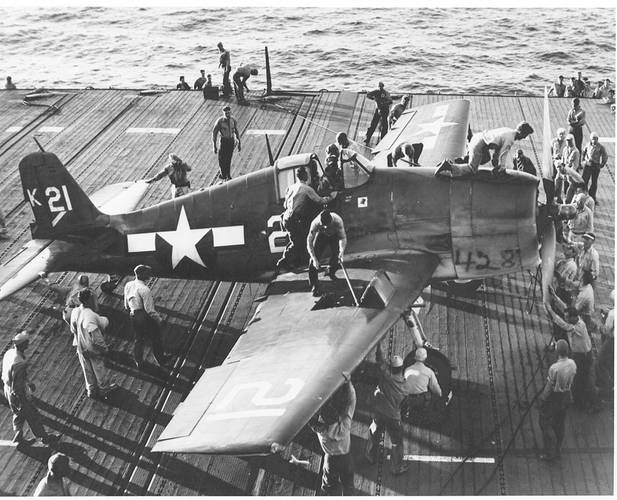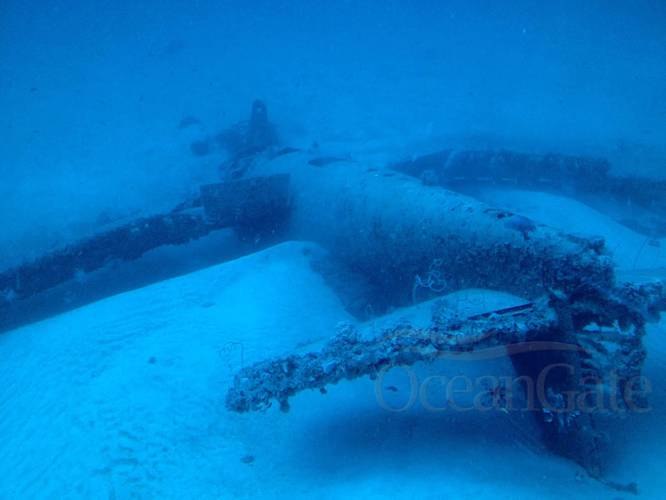WWII Era F6F Hellcat Discovered off Coast of Florida
OceanGate Inc. discovers Grumman F6F Hellcat off the coast of Miami using manned submersible, 2D and 3D sonar technologies
OceanGate announced it has discovered a World War II-era Grumman F6F Hellcat plane off the coast of Miami Beach. The plane was found during one of an ongoing series of dives in which OceanGate has been using its Teledyne BlueView high-frequency sonar and high-definition photo and video equipment to gather data pertaining to the artificial reefs in Miami-Dade County waters. Recognizing the potential historical and military significance of the find, OceanGate contacted officials at both the Smithsonian Institution and the U.S. Navy, who identified the wreck as a Grumman F6F Hellcat fighter aircraft.
“The discovery of this artifact is significant because it helps us reflect on and learn more about our country’s heritage, but also because it highlights the key role that direct observation plays in undersea exploration,” said Stockton Rush, co-founder and CEO of OceanGate. “Our sonar technology and ability to observe the undersea environment first-hand ultimately led to the discovery of this plane.”
OceanGate’s deep-sea manned submersible solutions offer a unique platform for direct underwater exploration. Equipped with high frequency 2D and 3D sonar equipment, as well as a multitude of data collection capabilities, OceanGate’s Antipodes submersible, which enabled the discovery, allows a team of up to five people to collaborate at depth and gather high-quality underwater imagery.
“We were thrilled to be a part of this expedition,” said visiting explorer Chris Welsh, co-founder of Virgin Oceanic, who was part of the crew on the first dive. “Nothing translates to others the excitement of a find like the direct viewing of a wreck first-hand, which shows the value manned submersibles can bring to many research communities.”
Findings from initial surface-sonar side scans, provided by NOAA, displayed a 33-m (100-ft.) long target, which led the OceanGate team to assume it was a sunken vessel. However, during the initial dive to the site on June 29, 2012, the sonar technology on OceanGate’s Antipodes submersible produced the first-ever, close-range, underwater scans of the 28-ft. long, distinctive Grumman F6F Hellcat, at a depth of more than 240 ft. Since the first dive, the OceanGate team has returned for additional observation and data collection on eight missions including a recent long-duration dive of eight hours.















